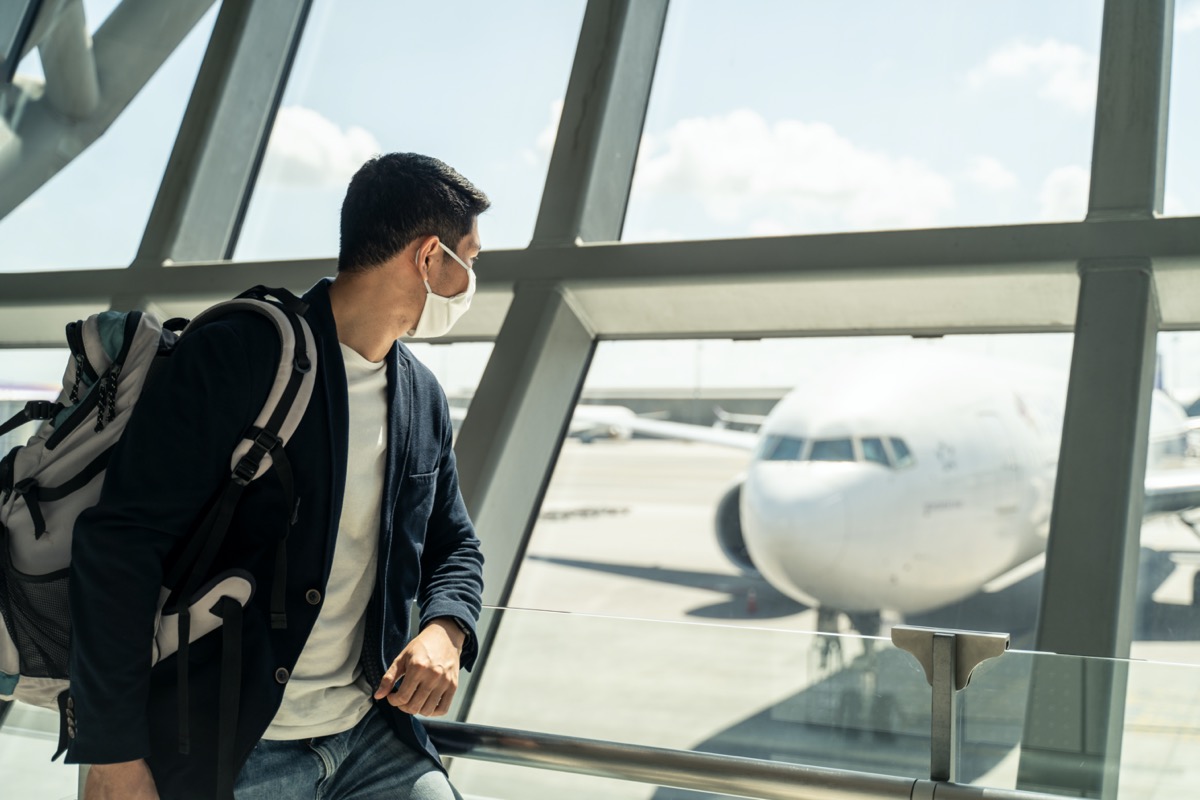“The crowded nature of things in an airport has always made me uncomfortable, particularly in a less modern one,” Fauci, the director of the National Institute of Allergy and Infectious Diseases (NIAID), recently told The New York Times. “People are literally nose to nose waiting to get on the plane.” Though airports and airlines have updated their guidelines to promote mandatory mask mandates and social distancing—such as spacing out boarding or blocking off middle seats—there’s still a long road ahead before it’ll be completely normal to travel again. According to Fauci, one of the best ways airports can become safer is to build more spacious terminals that allow people to spread out and hopefully curb the coronavirus as well as other respiratory illnesses. He also recommends that they offer free face masks and install HEPA filters, like those found in airplanes, which can remove 99.97 percent of microbes from the air. “You can’t throw up your hands and say it is impossible,” Fauci said. He adds that while it will be a difficult hurdle, especially with how many cases are asymptomatic, it’s worth trying extra health screenings, including temperature checks and contact tracing. RELATED: For more up-to-date information, sign up for our daily newsletter. In July, the Department of Transportation released a Runway to Recovery report that outlines methods in which airports and airlines could reduce the risk of coronavirus transmission. But many experts are calling for even stricter universal safety procedures when it comes to flying.ae0fcc31ae342fd3a1346ebb1f342fcb “The key to making post-pandemic airports commercially viable is to make the medical screenings uniform everywhere,” Vik Krishnan, aviation consultant at McKinsey & Company, told The New York Times. And for more ways the travel industry could improve, These 3 Airlines Are Handling Coronavirus the Worst, Experts Say.
